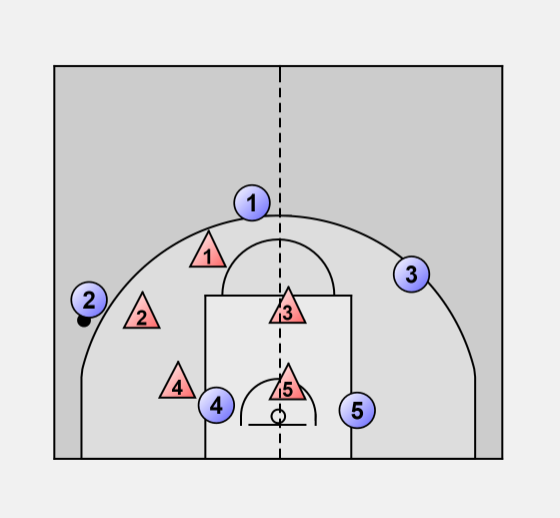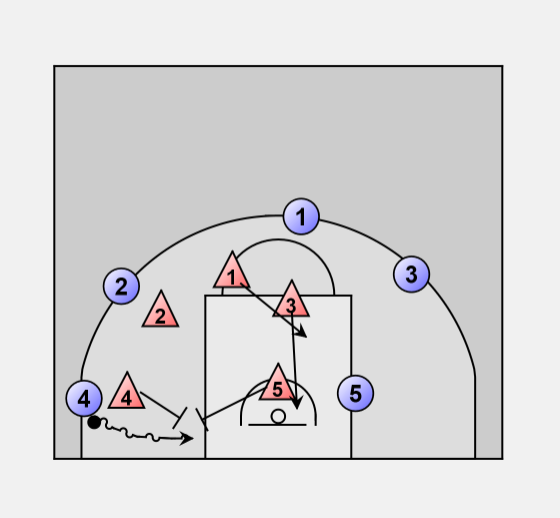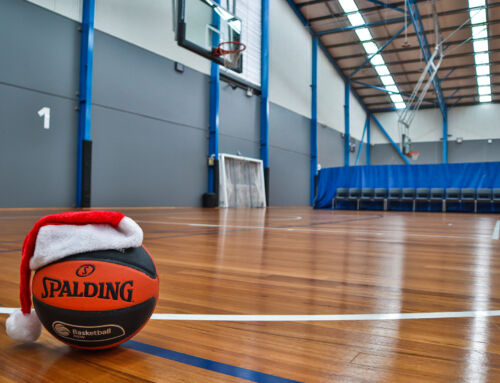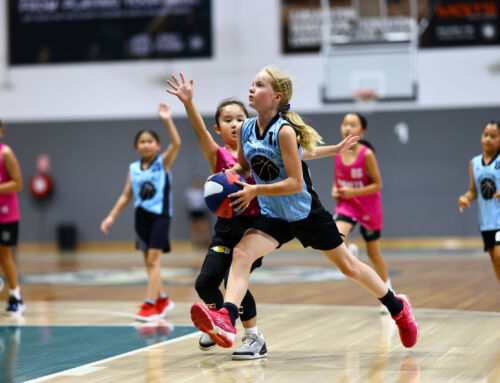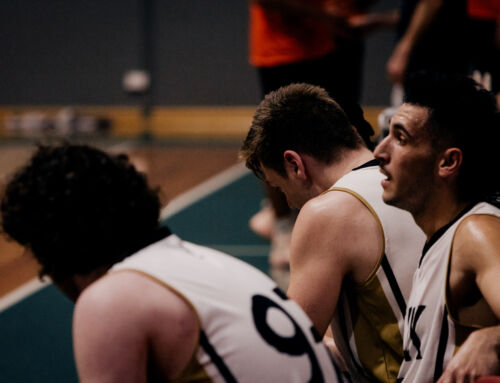MAN-TO-MAN vs ZONE
Man-to-Man Defence will help you win more games in the long run and develop better players. You may not win as many games at first, but I guarantee you’ll be more successful both as a team and as individual players if you teach man-to-man defence principles (below) properly to juniors.
Coaches use zones to hide weaknesses, lack of player development or to contain athletic opposition players. We understand why coaches teach zones but we believe if you work through the principles of man-to-man you will reap the reward of smarter, stronger and more versatile athletes and a far more successful team in the future. As a coach, you get to see players succeed at higher levels because of the foundation you set as a coach.
It is compulsory for all A-Grade Miniball and Junior competitions to play man-to-man defence. HBA encourages all other divisions to adopt man to man defence as part of their game. We do hope coaches see the benefits of promoting man-to-man defence and implement into their game.
ONE OF THE MOST-DEBATED TOPICS IS WHAT DEFENCE SHOULD WE TEACH JUNIOR PLAYERS? ZONE, PRESSING, MAN-TO-MAN? THE ANSWER IS WITHOUT A DOUBT MAN-TO-MAN DEFENCE! WE CAN PROMISE YOU THAT IN THE LONG-RUN, YOU WILL DEVELOP BETTER BASKETBALL PLAYERS BY PLAYING MAN TO MAN DEFENCE.
WHAT’S THE DIFFERENCE BETWEEN ZONE AND MAN-TO-MAN
Coach Jim Huber | Shell drill execution
No Zone’ Clinic
Coach Ian Stacker
How to teach man to man defence
Coach Ian Stacker
Developing Team Man-To-Man Defence
Coach Dwayne Casey

